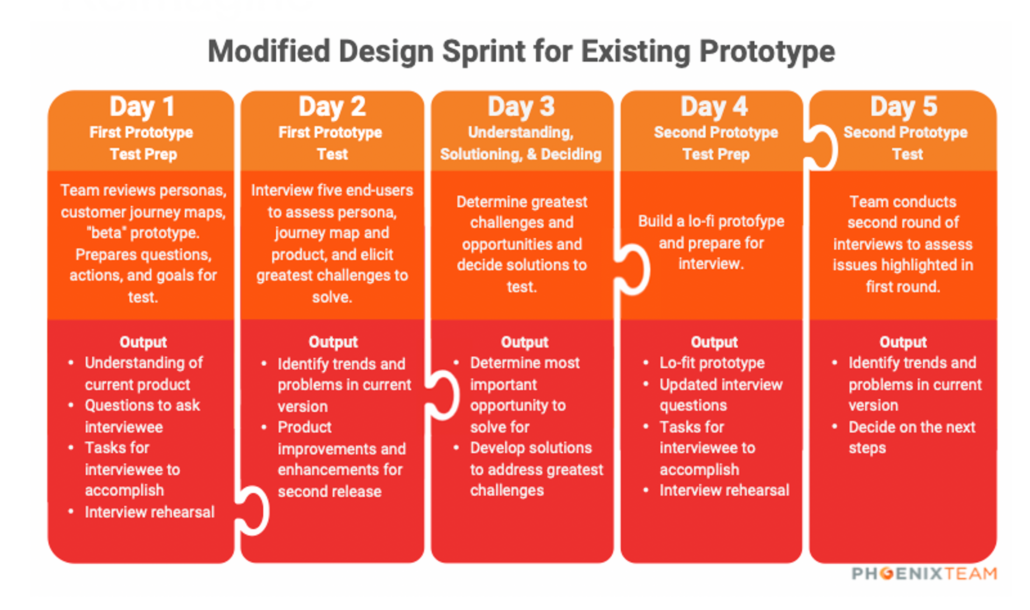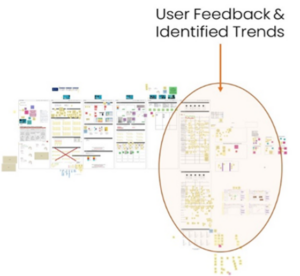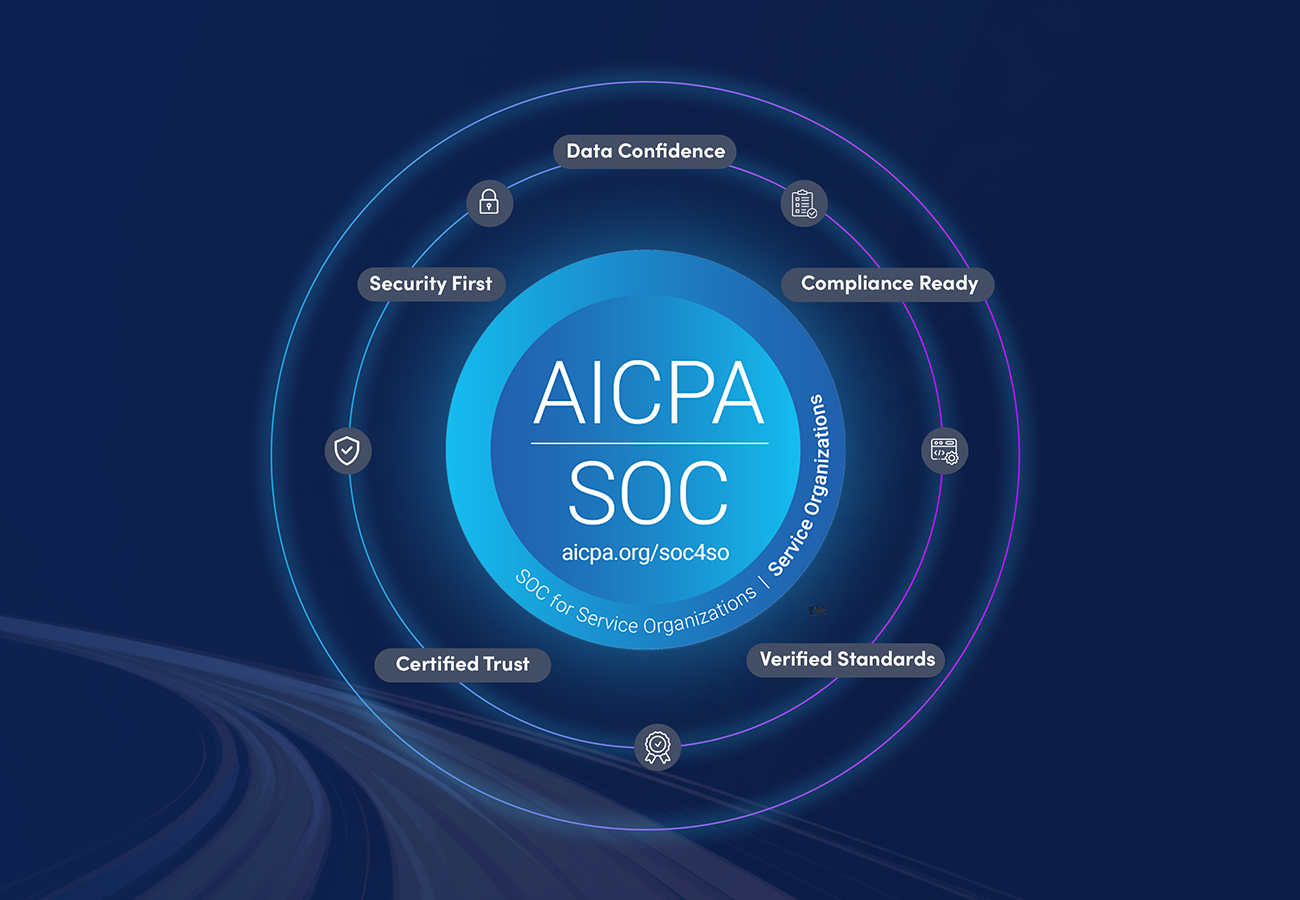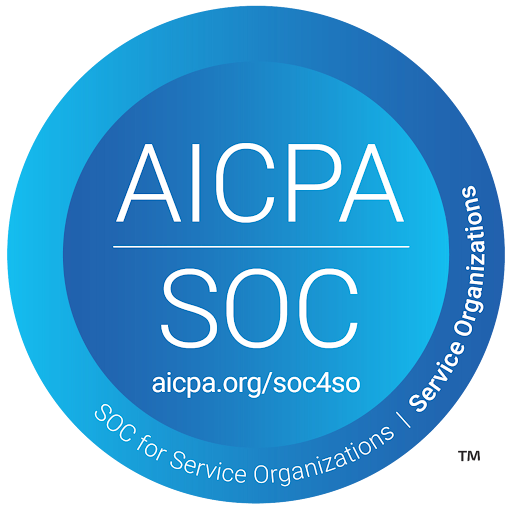An exhausting, but amazing experience that brought a cross-functional group together to form a team to create and test an amazing prototype that set the direction for our next release within a week.
Senior Business Strategist
The Challenge
Our client is a major mortgage lender who, similar to others in the industry, struggles to aggregate and display data in an intentional and useful way. As part of a hackathon, a team of developers recognized a need, and over a period of nine to 12 months, created a performance insight tool that provided up-to-date personalized metrics on individual team member and user performance. This tool increased efficiency, replacing the time spent manually extracting and analyzing data across disparate platforms, but was developed and delivered without a User Interface and Experience team, product leadership, or end-user feedback. When the enterprise product team learned of the effort and efficiencies the tool could deliver, they jumped in to understand the scope and value of the upcoming beta release and start shaping the next release of the tool. PhoenixTeam was engaged to help discover the end-user’s problems and ideate on solutions for the tool’s second release.
The Solution
Understanding the urgency to define, prepare, and deliver value quickly, PhoenixTeam recommended a modified design sprint that allowed for rapid feedback of the soon-to-be-released beta tool and identification of the highest-priority features for the second release to a larger group of end-users.
PhoenixTeam modified the traditional five-day design sprint to kick off with testing the beta version. This approach allowed the team to learn the most valuable functionality and pinpoint improvement opportunities. PhoenixTeam provided a trainer and expert facilitator to coordinate and lead the five-day session. The facilitator empowered the team to think creatively and kept the team on track to achieve the planned outcomes for each day. The facilitator assisted in trend analysis and provided guidance to streamline future discovery and delivery efforts for the tool. To achieve the desired outcomes of the design sprint, PhoenixTeam organized a cross-functional team with the right skillsets to identify product market fit of the next release.
Here was our gameplan for the next five days:
With a beta already in play, our goal was to obtain immediate end-user feedback to understand whether it met our client’s needs and delivered them value. The team spent the first day reviewing the beta, revisiting personas and journey maps, and aligning on interview roles and questions. On the second day, the facilitator welcomed end-user testers and set the stage—introducing the purpose, objective, and desired outcome of the beta testing activity. The Interviewer introduced the end-users to the tool and asked them to use it as they would on any business day. The rest of the interview team watched and listened to the testers, capturing observations in a feedback log.
In what would traditionally take place throughout the first three days of a design sprint, Day Three of the modified sprint was dedicated to analyzing and understanding tester feedback, brainstorming solutions, and prioritizing the most valuable opportunities. The team synthesized feedback, created artifacts (Crazy Eights, storyboards, etc.), and conducted lightning demos.
[caption id="attachment_4938" align="alignnone" width="1030"]
 Figure 1: Modified Design Sprint for Existing but Untested Prototype.
Figure 1: Modified Design Sprint for Existing but Untested Prototype. Where the traditional Design Sprint begins with Understanding, Solutioning, and Deciding, when a working prototype exists without an understanding of the problem, the team can prep for interview to learn if the prototype solves the problems or addresses the needs of the end-user.[/caption]
On Day Four, the team self-organized into prototype creation roles—Interviewer, Maker, Stitcher, Asset Collector, and Writer—empowering them to collaboratively build the prototype, develop new interview questions, and outline specific scenarios testers would complete during testing to prove or disprove the team’s hypotheses. The final day of the design sprint culminated with testing the prototype the team developed based on the first round of interviews and subsequent ideation.
The Outcome
PhoenixTeam understood the client’s challenge and turned it into an opportunity the team could solution quickly and collaboratively. Despite the additional challenges of a unique design timeline and working with an existing beta prior to collecting user feedback, the team realized the value of continuous feedback at every point of the development lifecycle. The cross-functional team worked together to develop a reimagined prototype that would result in a more impactful second release of the tool.
The interview team gathered over 400 pieces of individual feedback from the end-user interviews and identified the following themes:
- End-users did not have independent visibility into key performance and business metrics
- Users performed work differently, focusing on different metrics at different times
- There was a lack of trust on the quality of the data and metrics
- End-users had an inconsistent work prioritization processes
- Users expressed desire for peer-to-peer performance stack ranking
- New users faced training and adoption challenges
- Users wanted visibility into “effort” metrics
- End-users wished for more intuitive icons
- The tool’s expected functionality was not consistent across all users
The team rounded out the five days with a prioritized roadmap and confidence that the next version of the tool achieved product market fit. The week’s efforts resulted in a tool that would bring higher value to end-users, eliminating tedious manual data extraction and analysis, and saving them precious time, money, and resources. The team shifted its mindset from “just build it fast” to a mindset of “build the
right thing fast” and embraced the iterative approach of ideate, prototype, and test with a continuous feedback loop. PhoenixTeam utilized Lean-Agile practices to help create solutions as unique as the challenges. In doing so, we continue to adapt industry standards and techniques, resulting in motivated team members geared up to make homeownership an easier dream to achieve through better mortgage technology.
PhoenixTeam Can Help!
The Phoenix Way begins and ends with client delivery. We are front-line leaders in the mortgage industry through product, technology, strategy, and additional leadership disciplines. We do what it takes to bring our clients amazing outcomes while simultaneously sharing our lessons and experiences along the way.
Looking for results in your next design sprint? PhoenixTeam takes the lead in:
- Facilitating Design Sprints
- We validate assumptions, accelerate learning about users and their environment, and generate viable and valuable solutions to users’ most urgent challenges.
- Modifying Traditional Design Sprints
- Our team can help identify the next set of valuable features for existing products or prototypes with limited testing, validation, or user feedback behind them.
- Designing Organizational Structure
- We streamline processes to allow for small cross-functional teams to accelerate discovery and delivery of value.
- Crafting Customized Rapid Prototyping
- We host workshops to identify, validate, align, and communicate around value and functionality of products and their features.
www.phoenixoutcomes.com

 Figure 1: Modified Design Sprint for Existing but Untested Prototype. Where the traditional Design Sprint begins with Understanding, Solutioning, and Deciding, when a working prototype exists without an understanding of the problem, the team can prep for interview to learn if the prototype solves the problems or addresses the needs of the end-user.[/caption]
On Day Four, the team self-organized into prototype creation roles—Interviewer, Maker, Stitcher, Asset Collector, and Writer—empowering them to collaboratively build the prototype, develop new interview questions, and outline specific scenarios testers would complete during testing to prove or disprove the team’s hypotheses. The final day of the design sprint culminated with testing the prototype the team developed based on the first round of interviews and subsequent ideation.
The Outcome
Figure 1: Modified Design Sprint for Existing but Untested Prototype. Where the traditional Design Sprint begins with Understanding, Solutioning, and Deciding, when a working prototype exists without an understanding of the problem, the team can prep for interview to learn if the prototype solves the problems or addresses the needs of the end-user.[/caption]
On Day Four, the team self-organized into prototype creation roles—Interviewer, Maker, Stitcher, Asset Collector, and Writer—empowering them to collaboratively build the prototype, develop new interview questions, and outline specific scenarios testers would complete during testing to prove or disprove the team’s hypotheses. The final day of the design sprint culminated with testing the prototype the team developed based on the first round of interviews and subsequent ideation.
The Outcome PhoenixTeam understood the client’s challenge and turned it into an opportunity the team could solution quickly and collaboratively. Despite the additional challenges of a unique design timeline and working with an existing beta prior to collecting user feedback, the team realized the value of continuous feedback at every point of the development lifecycle. The cross-functional team worked together to develop a reimagined prototype that would result in a more impactful second release of the tool.
The interview team gathered over 400 pieces of individual feedback from the end-user interviews and identified the following themes:
PhoenixTeam understood the client’s challenge and turned it into an opportunity the team could solution quickly and collaboratively. Despite the additional challenges of a unique design timeline and working with an existing beta prior to collecting user feedback, the team realized the value of continuous feedback at every point of the development lifecycle. The cross-functional team worked together to develop a reimagined prototype that would result in a more impactful second release of the tool.
The interview team gathered over 400 pieces of individual feedback from the end-user interviews and identified the following themes:




